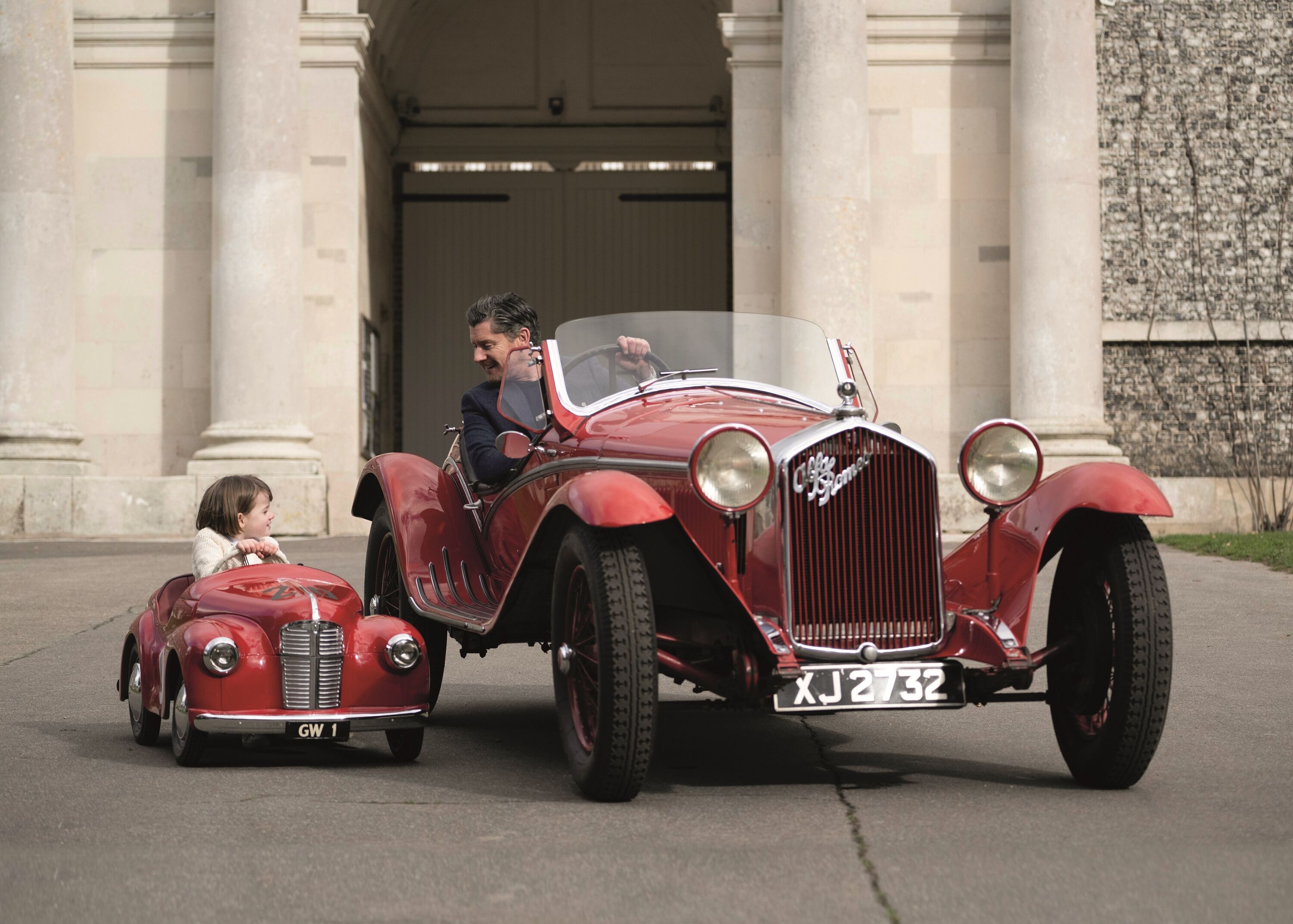Fangio’s 1957 – his greatest season relived, part 1
Juan Manuel Fangio was already 37 when he arrived in Europe in 1948. He was, however, an immediate hit, being victorious in his first four races of 1949. Fast enough to win at the slowest possible speed, he was universally admired for an understated style, in and out of the cockpit. But the man Stirling Moss reckons was the greatest was quietly ruthless, too, and had a knack for signing for the right team at the right time.
By 1957, however, his hegemony was coming under increasing threat from younger British drivers and Britain’s burgeoning teams and the strain of being a marked man was beginning to show. That’s why this would be Juan Fangio’s greatest season…
This Indian summer of 1957 began with three races in three weeks under the fierce January sun of Fangio's homeland. He was 45, a four-time world champion, and relieved to have swapped the Cold War politics of Ferrari for the family warmth of Maserati.
His signing had invigorated Enzo’s Modenese neighbour and engendered a rare sense of order. The latest version of Maserati’s 250F Grand Prix car, first seen in 1954, was slightly lighter and more powerful and still possessed of a bewitching elegance and balance: a rapier thrust of a racing car. Its new sportscar, in contrast, was nicknamed ‘The Bazooka’.
The 250F promptly provided Fangio with his fourth successive Argentine GP victory at the Buenos Aires autódromo. A contest between seven Maseratis and seven Ferraris, he took control at quarter-distance and led home a team 1-2-3-4. A fortnight later, on a different, longer layout at the same venue, he and 250F won again, a comprehensive victory in the oppressive first heat of the Buenos Aires City GP allowing him to back off in its second – he finished third – yet still secure aggregate victory, once more ahead of French team-mate Jean Behra.

The latter, co-driven by local all-round sporting hero Carlos Menditéguy, had also finished second in the Buenos Aires 1000km, opening round of the world sportscar championship. This middle event of the temporada was held on a road course north of the capital. Consisting mainly of both carriageways of a boulevard sandwiched between airport and sea, it was bumpy and generated a combined approach speed of 320mph. Even Moss thought it dangerous; a chicane was added after first practice – to little effect. Fangio qualified fastest in the 400bhp V8 Maserati 450S and inherited a big lead when co-driver Moss handed over after two hours. To the crowd’s disappointment, however, that horsepower proved too much for the car’s transmission.
Fangio also qualified on pole for a turbulent Cuban GP (for sportscars) in late February; dictatorial President Batista was still clinging to power against Castro’s guerrillas. Parts of Havana’s 3.5-mile street/road circuit suited Fangio’s nimble 3-litre 300S, but the more powerful Ferrari of ‘Fon’ de Portago made big gains along the fast Malecón Highway, the wide esplanade that gave the track its name, and was holding an unassailable lead when it suffered a throttle problem with eight of the 90 laps still to run. Fangio sportingly dedicated his inherited win to the raffish Spanish aristo.
The sportscar theme continued in March. Having sampled and been impressed by Chevrolet’s Corvette SS during practice, Fangio reverted to a 450S to dominate the Sebring 12 Hours: “We just stroked it.” On this occasion, he was co-driven by Behra, the emotional man from Nice happier to play second fiddle to the acknowledged master than he had been to Moss in 1956. The general mood, however, was soured by news of Eugenio Castellotti’s death, killed testing a GP Ferrari at the Modena circuit.

The young, mainly English, pretenders to his throne nicknamed Fangio ‘The Old Man’. They did so in awe and respect more than in cheek. These were dangerous times and life expectancy was short, yet Fangio exhibited an aura of calm as well as blistering speed. He, however, was acutely aware that his prowess was not an infinite resource. As such, he took April as a holiday, and lesser men were allowed their moments in lesser events: the non-championship Syracuse, Pau and Naples GPs.
He also elected to miss May’s mentally and physically draining Mille Miglia, a 1,000-mile road race around Italy that he had never won and had little appetite for. He did, however, attend the memorial service for de Portago and his American passenger Ed Nelson, killed, along with nine spectators, five of them children, when their Ferrari crashed 30 miles from the finish. Fangio sat at the back in the dark cool of the small church in Guidizzolo, scene of the accident.
Two days later, at 5.45am, he reported for Monaco GP practice.
Photographs courtesy of LAT Images
juan manuel fangio
Formula 1





